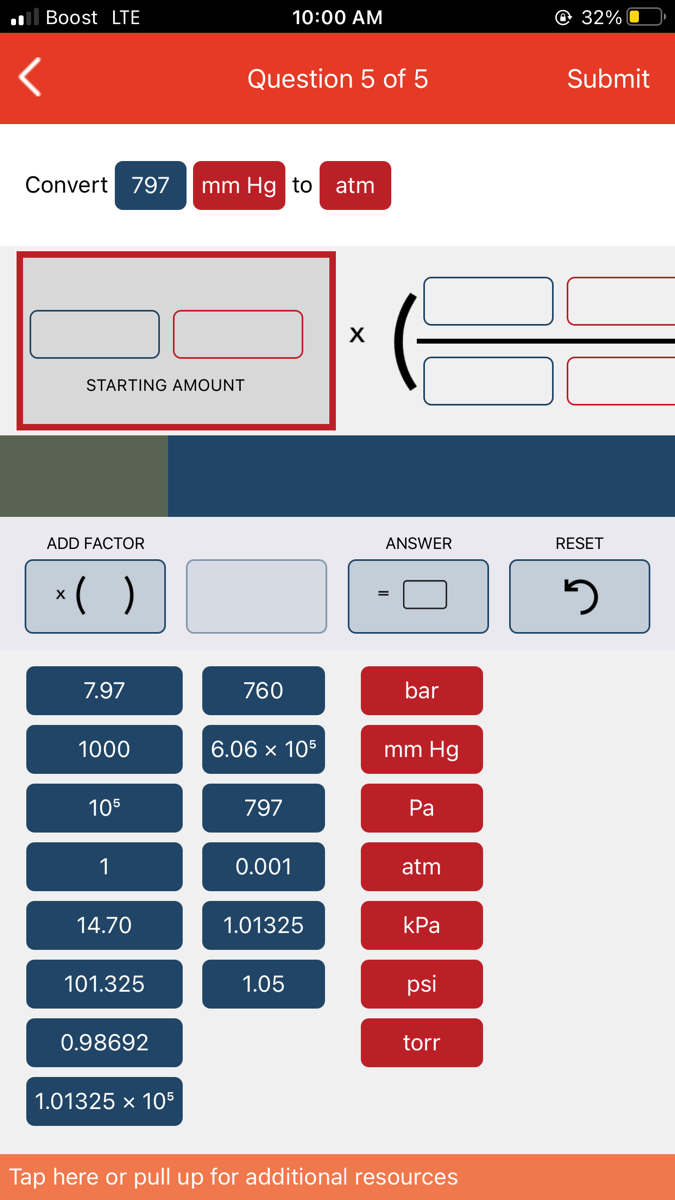


As elevation increases, there is less overlying atmospheric mass, so that atmospheric pressure decreases with increasing elevation. In most circumstances atmospheric pressure is closely approximated by the hydrostatic pressure caused by the weight of air above the measurement point. Atmospheric pressure, atm Definition:ĭefinition of Atmospheric pressure, atm provided by WikiPedia:Ītmospheric pressure, sometimes also called barometric pressure, is the pressure within the atmosphere of Earth (or that of another planet). One millimeter of mercury is approximately 1 torr, which is 1/760 of standard atmospheric pressure (101325760 =133.322368421 pascals). Although not an SI unit, the millimeter of mercury is still routinely used in medicine, meteorology, aviation, and many other scientific fields.

Millimeter of mercury, mmhg Definition:ĭefinition of Millimeter of mercury provided by wikipedia: Conversion formulas Kilopound per square inch , Pounds per square inch (ksi, psi): I could have done this since I know the volume of A (which is V 1) is 4.4 times the volume of B (which is V 2).Online pressure converter. fig.)ħ) Comment: I could have assigned an arbitrary volume of 1 to V 2, making the value for V 1 be 4.4. The problem specifies P and T are also constant.ĥ) Since there is a VM/m for nitrogen and a VM/m for argon, we have this:Ĭontainer A (nitrogen): V 1 = 4.4V 2, M 1 = 28.0 g/molĬontainer B (argon): V 2 = V 2, M 2 = 40.0 g/mol N = m/M, where M is the molar mass of the gas and m is the mass of the gasĢ) Substituting one into the other, we have this:ģ) Some factors are constant, some are variable: What is the mass of the Ar (in g) within container B?ġ) For this problem, there are two equations of interest: (22.4 L / 1.00 mol) = (x / 1.27 mol) 1.50 − 0.046117 = 1.45 g H 2O liquid (to three sig figs)īonus Problem #2: Container A holds N 2 gas with a mass of 56.2 g and is 4.4 times the volume of container B which holds argon (Ar) gas at the exact same temperature and pressure. Problem #16: What volume will 1.27 moles of helium gas occupy at STP? Problem #15: How many moles of a gas would be present in a gas trapped within a 37.0 liter vessel at 80.00 ☌ at a pressure of 2.50 atm? Problem #14: How many moles of gas would be present in a gas trapped within a 100.0 mL vessel at 25.0 ☌ at a pressure of 2.50 atmospheres? Note the conversion from mmHg to atm in the denominator. Problem #13: Calculate the volume 3.00 moles of a gas will occupy at 24.0 ☌ and 762.4 mm Hg. Multiply the answer (which is in atm) by 760.0 mmHg atm¯ 1 to get mmHg If we used g, the mol unit in R would not cancel and we need to have it cancel because we require atm (and only atm) to be in the answer. This is done in order to convert grams to moles, because the value for R contains mol as the unit for amount of substance. Please note the division of 1.09 by 2.02. What is the pressure in this container in mmHg? Problem #12: 1.09 g of H 2 is contained in a 2.00 L container at 20.0 ☌. If we used mmHg, the pressure units would not cancel and we need to have them cancel because we require mol (and only mol) to be in the answer. This is done in order to convert the pressure from mmHg to atm, because the value for R contains atm as the pressure unit. Problem #11: How many moles of gas are contained in 890.0 mL at 21.0 ☌ and 750.0 mm Hg pressure? ChemTeam: Ideal Gas Law: Problems #11 - 25


 0 kommentar(er)
0 kommentar(er)
